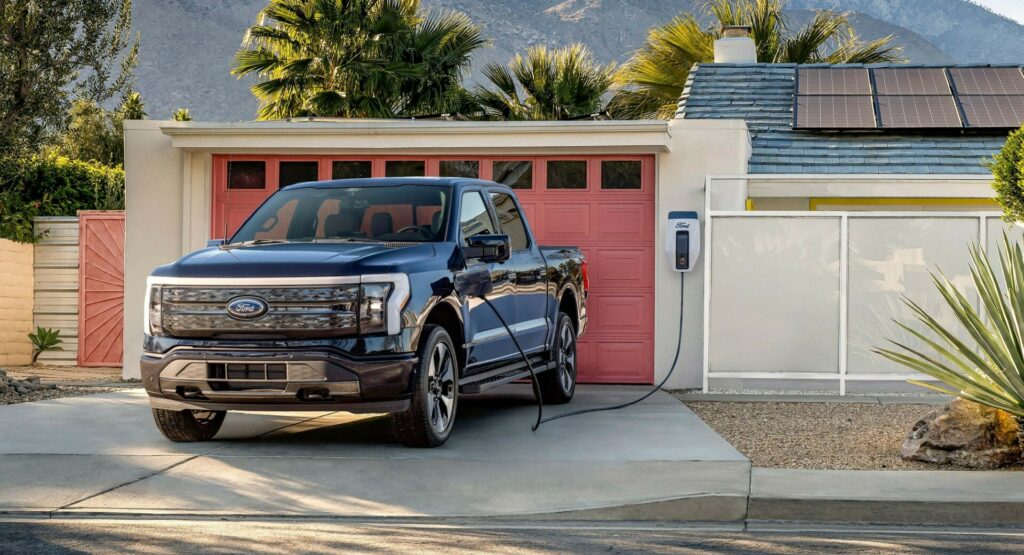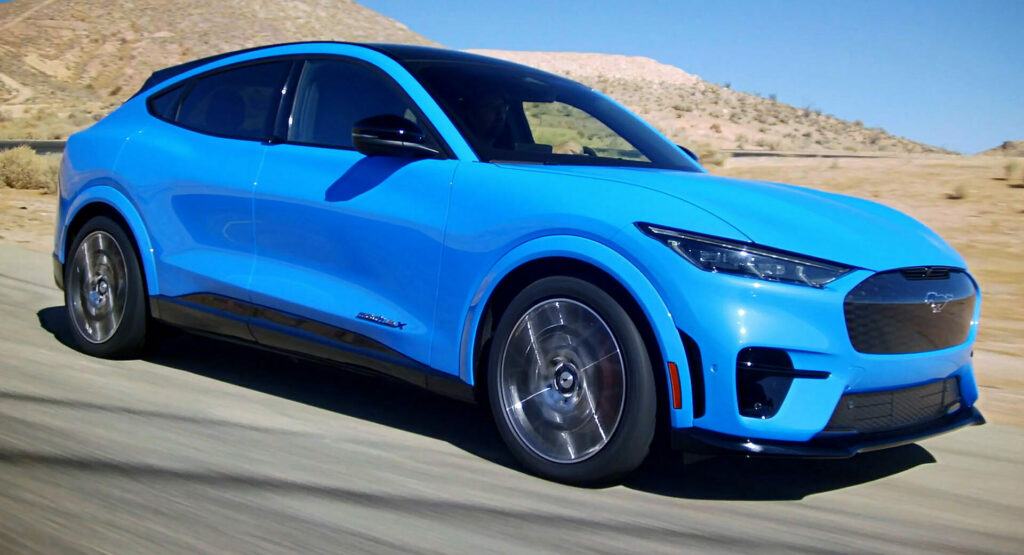The chief executive of Ford has suggested that electric vehicles may not reach cost parity with equivalent internal combustion-powered cars until after 2030.
While the prices of electric vehicles have started to drop and are close to hitting price parity in some cases, Jim Farley believes that they will continue to cost more to produce for quite some time. Indeed, while recently speaking with Reuters at an investor conference, Farley said that EVs will remain more expensive to produce until second and third-generation EVs go into production later this decade.
Read: Ford’s Deal With Tesla May Encourage Other Carmakers To Follow Suit
According to Farley, the automotive industry will make significant EV cost savings between 2030 and 2035 due to “dramatically lower labor content” as it will be simpler to build EVs because of their reduced number of parts. Additionally, he says they will be equipped with smaller batteries using cheaper materials. Ford will also be able to lower distribution costs by selling EVs online and benefit from higher revenue thanks to software-driven digital services.

Ford currently has 600,000 paying subscribers to its software services, including 200,000 retail customers who pay for the Blue Cruise driver assistance system. As the brand begins to collect more data on drivers, the carmaker could start to offer insurance like Tesla and GM, Farley added.
Ford’s chief executive also believes that cooperation is key across the automotive industry as we move into the world of EVs. He used the example of Ford’s recent agreement to start using the same charging port as Tesla to provide its owners with seamless access to the Tesla Supercharger network.
As part of its deal with Tesla, Ford will start to sell adapters to its EV owners from next year, allowing them to be charged through the Supercharger network. In 2025, Ford’s new EVs will be built with the Tesla charging port, also known as the North American Charging Standard.




